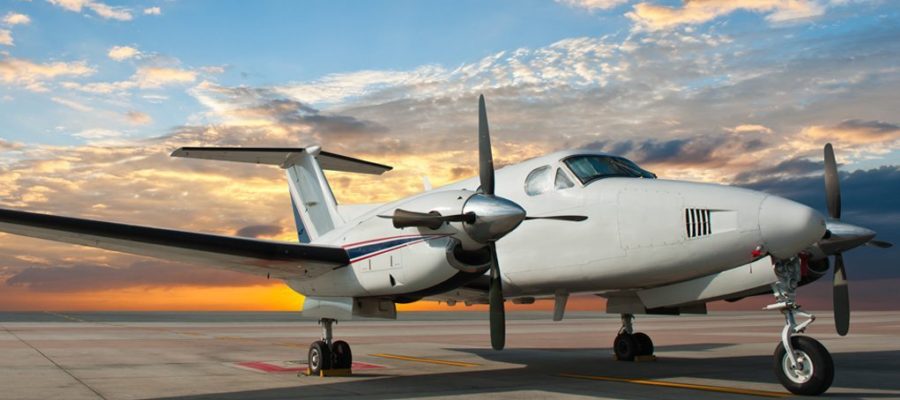FDM 3D Printing Helps Save Over $800,000 and Three Years of Development Time
Based in Texas, the Sheppard Air Force Base hosts a Trainer Development Flight (TDF) facility that designs, develops and manufacturers training aids and trainers for the United States Air Force and all branches of the Department of Defense. Printed parts are used in a variety of ways such as training environments, avionics, weapons and fuel systems, medical readiness, HVAC, and telecommunications systems.
“FDM has saved the government over $3.8 million to date with an expected 10-to-15-year savings of over $15 million”- Mitchell Weatherly, Sheppard AFB, Chief, TFT
Employing FDM 3D printing machines, TDF uses direct digital manufacturing to fabricate a wide majority of its training products where for most training applications, it’s more cost-effective to train staff using replicas instead of genuine equipment which can be extremely expensive.
Overcoming The Problem
Before, TDF implemented conventional manufacturing method to produce its products. Typically requiring longer lead times due to the nature of machining, lathe work, and welding, most projects were expensive. With an upfront investment in FDM technology, parts produced were durable and exhibited the high level of detail that TDF required while having an environmentally safe process. 3D printing enabled TDF to design and manufacture exact replicas of UAV drones for training repair technicians. Printing the large antenna of a UAV with FDM 3D printers took one-tenth the time it would normally take with conventional manufacturing methods while delivering an ROI of over $12,000. An outsourced antenna job would have taken 20 days to produce where it only took two days using their 3D printer with only 15-20 minutes of labour. For the entire UAV project, there was a total time saved of more than 3 years in some areas with an impressive $800,000 cost avoidance over the last four years.
Mitchell Weatherly says, “major advantages to the FDM system include its speed over other processes or alternative build methods, the versatility of FDM versus injection molding, and the ability to run multiple parts simultaneously through the system”. Benefits include the ease of maintenance in addition to the availability to use multiple materials for a variety of purposes. “For our first FDM machine purchase, we projected ROI in 4 years, but it took only 18 months,” Weatherly says. “For our second FDM machine purchase we saw ROI in only 9 months. You will never get away from conventional methods and highly skilled technicians, but you can give them the proper tools and new technology that can make their job easier and competitive. I believe FDM is one of the technologically advanced premier manufacturing methods available. Since 2004, when we purchased our first of four machines, the FDM process has saved the government over $3.8 million to date with an expected 10-to-15-year savings of over $15 million. “
The Trainer Development flight has won the 2008 Air Force chief of Staff Team Excellence Award for their use of FDM technology and other advanced production methods and is recognized as the premier center of excellence of manufacturing trainers and training aid products for the Air Force and other Department of Defense agencies.
